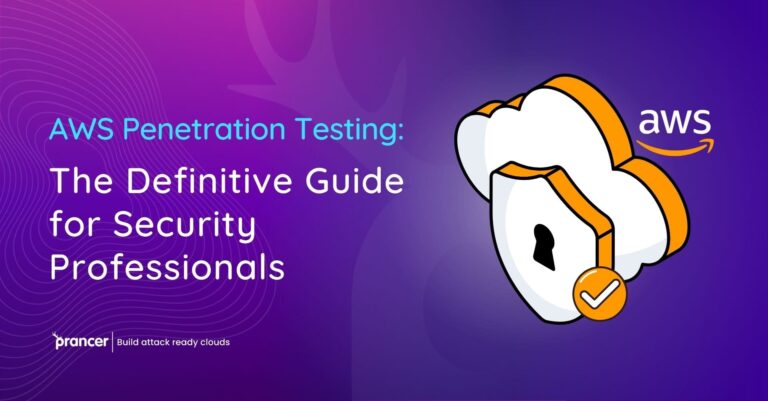
In today’s digital landscape, ensuring the security of your cloud environment is paramount for protecting applications and sensitive data. Cloud validation is a critical process that verifies the integrity, compliance, and security of your cloud infrastructure. This article explores the importance and benefits of automated cloud validation, highlighting the value of Prancer’s automated security solutions. Discover how Prancer can help you enhance your cloud security, fortify your application security, and streamline your cloud validation processes.
The Significance of Cloud Validation: Cloud validation is essential for verifying the security controls, configurations, and compliance of your cloud environment. It ensures that your cloud infrastructure aligns with industry best practices, regulatory requirements, and internal security policies. By validating your cloud environment, you can identify and mitigate potential risks, vulnerabilities, and misconfigurations that may compromise the security of your applications and data.
The Role of Automated Cloud Validation: Automated cloud validation solutions play a crucial role in streamlining and enhancing the cloud security validation process. By leveraging intelligent algorithms, continuous monitoring, and real-time threat intelligence, these solutions can automatically assess your cloud environment, detect security gaps, and provide actionable insights to strengthen your application security. Prancer, a trusted provider of automated security solutions, offers comprehensive features to streamline and simplify cloud validation processes.
In addition to the automated cloud validation solutions highlighted above, Prancer offers features such as secure code storage, access controls, and real-time threat intelligence to further enhance cloud security. With Prancer’s comprehensive suite of automated security solutions, you can streamline your cloud validation processes, protect sensitive data, and fortify your application security.
Strengthen Your Application Security with Prancer’s Automated Cloud Validation Solutions
Automated cloud validation is instrumental in ensuring the security and integrity of your cloud environment. By leveraging Prancer’s advanced automated security solutions, you can enhance your cloud security, identify potential risks and vulnerabilities, and take proactive measures to protect your applications and data. Safeguard your cloud environment, fortify your application security, and streamline your cloud validation processes with Prancer’s automated cloud validation solutions.
